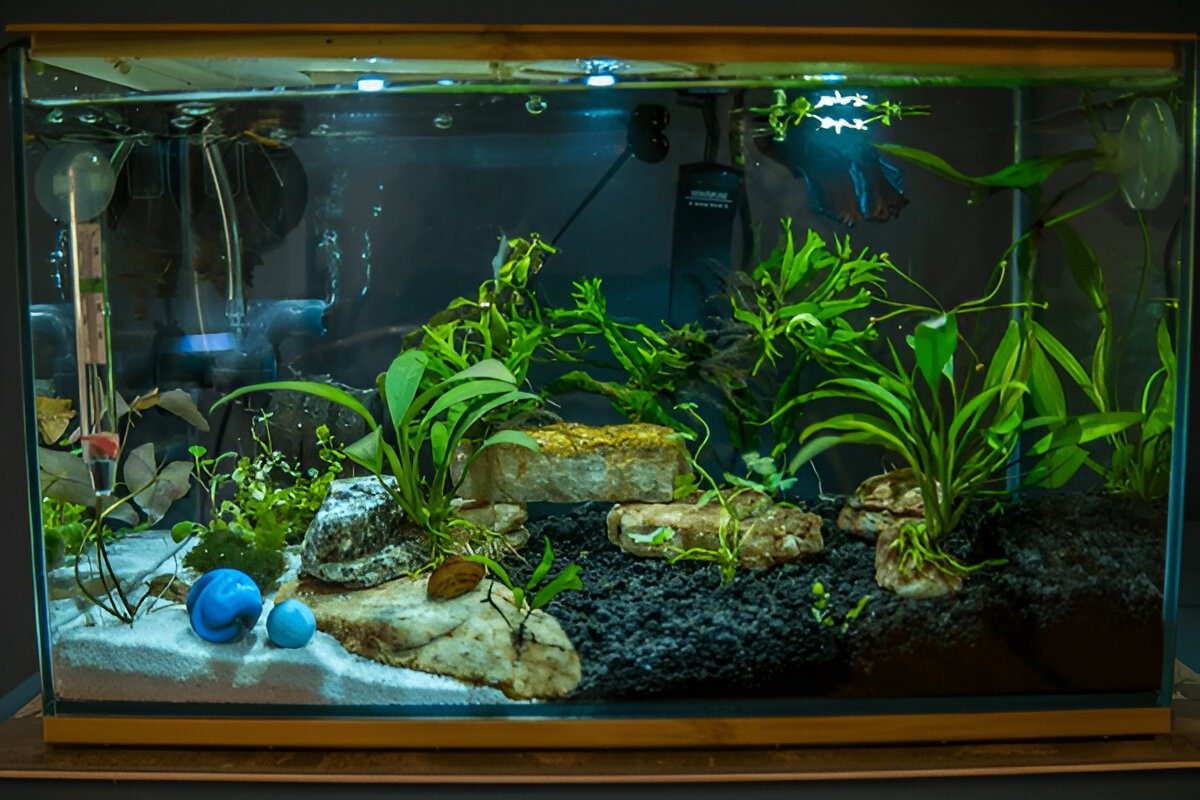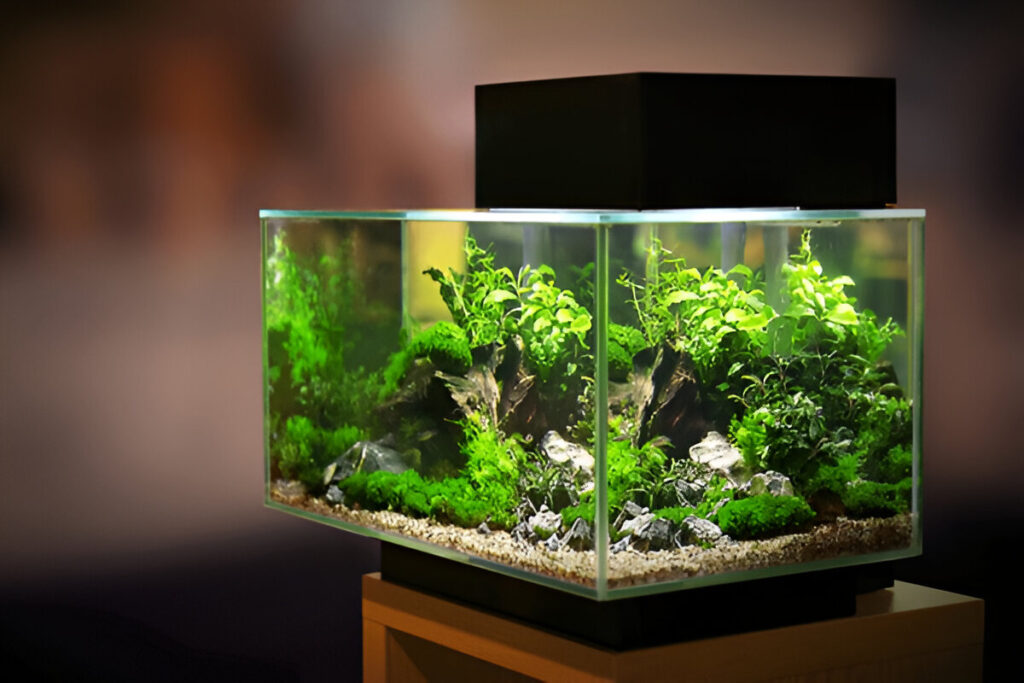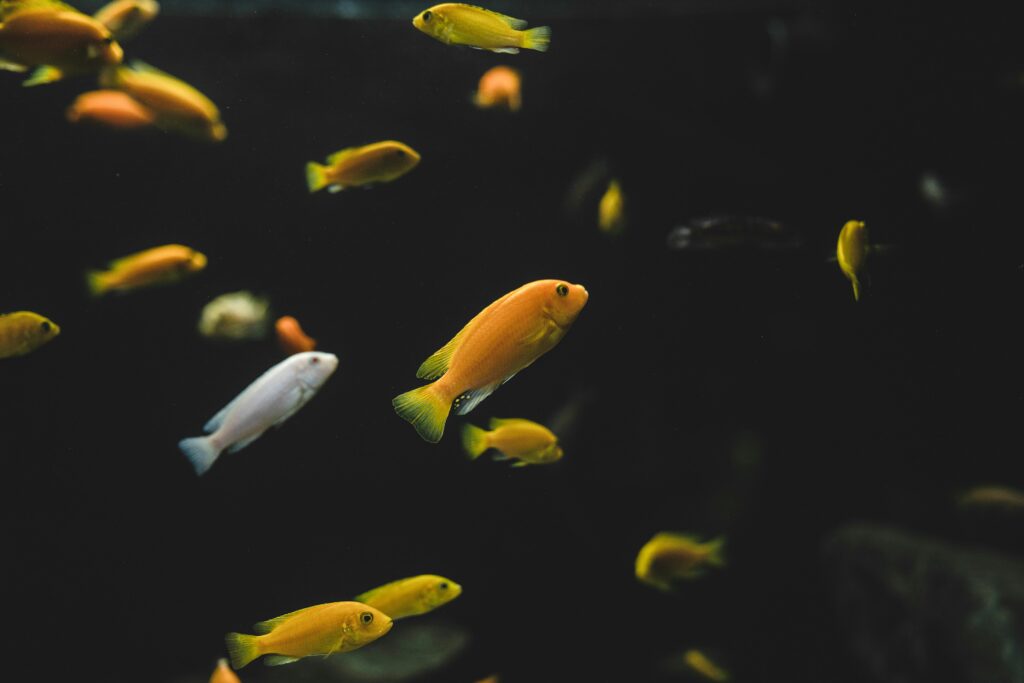How to Maintain the Perfect Water Temperature for Your Fish
Ensuring the water temperature is right is one of the critical things that must be done to maintain an aquarium. Fish are very sensitive to temperature fluctuations, and an unstable environment can cause them stress, throw them into disease and even result in death. Each type has its own temperature needs, which is why it is important to know what temperature it should have and to keep an aquarium stable that provides this temperature for the health and happiness of your pets.
Understanding the Temperature Needs of Your Fish
Each species of fish has their ideal temperature range and it is important to know what your fish needs before committing to the formation of the tank setup. Tropical fish, for instance, live in warmer waters, and cold-water species, such as goldfish, prefer cooler temperatures.
If it’s too high or too low, however, your fish’s immune system may weaken, making them more vulnerable to disease. Likewise, if the water temperature is incorrect, your fish may get stressed, show behavioral changes or live shorter.
This is why you want to keep track of the temperature of the tank and ensure you adjust it accordingly. You can also use a thermometer to confirm the water temperature.
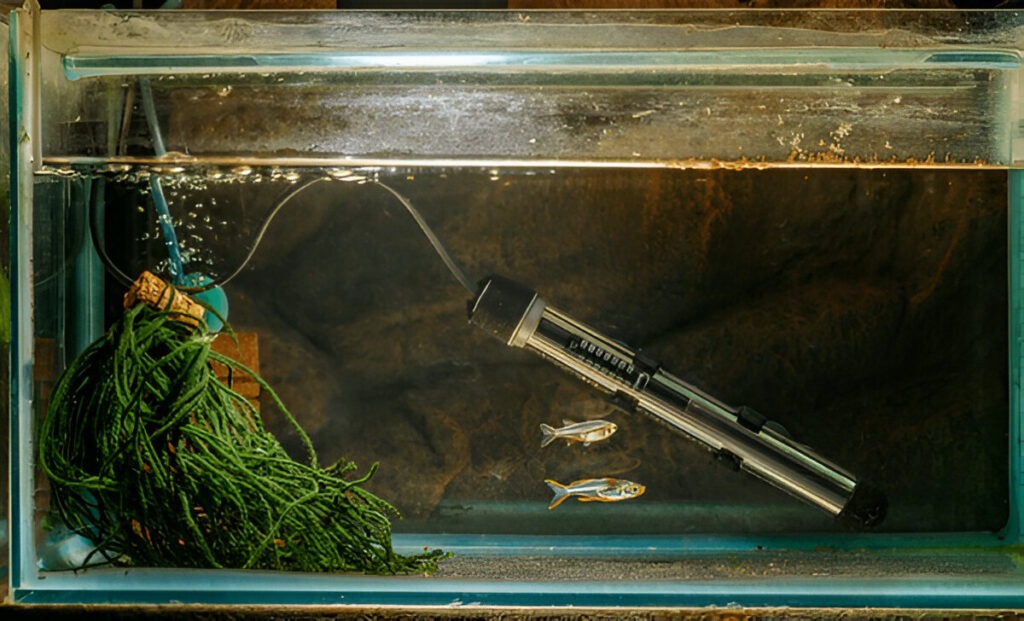
- Tropical fish: Most tropical fish, including neon tetras, angelfish, and guppies, thrive when the water temperature is 75°F to 80°F (24°C to 27°C).
- Examples of cold-water fish are the goldfish and koi; both thrive in temperatures of 60°F-70°F (15°C-21°C).
- Betta Fish: Bettas are also tropical fish but have a bit more of a narrow temperature range, requiring a water temperature of 76°F to 82°F (24°C to 28°C).
It is important to check the specific requirements of each species in your tank so there are no stressors associated with temperature.
Using an Aquarium Heater
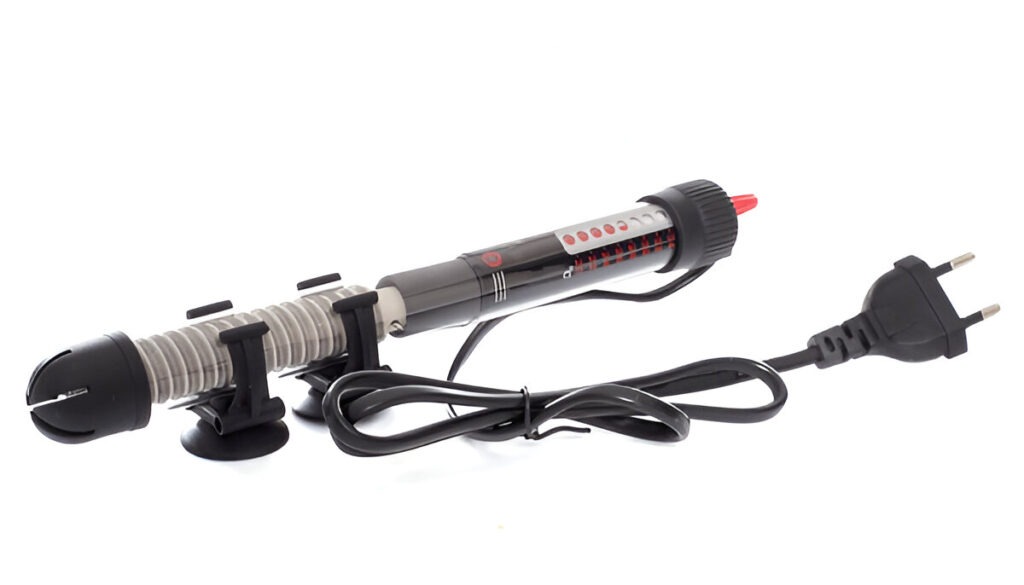
An aquarium heater is an absolute must for tropical fish, as well as other warm water-dependent species. Heaters keep the temperature stable, especially in colder places or during seasonal changes. Get a heater that’s appropriate for the size of your aquarium.
Check the instructions on the manufacturer’s package to make sure it will be the correct wattage for your tank. Check the aquarium’s temperature regularly and set the heater accordingly. In the case of a fall, adjust or replace the heater. Make it a routine to check your heater regularly to ensure everything is running smoothly.
- Heater Size: Heaters are rated by how much water they can effectively heat. A general rule of thumb is that you have 5 watts of heating power for every gallon of water in most fish tanks. For instance, a 20-gallon tank would require a 100-watt heater.
- Adjustable Heaters: Use an adjustable air heater with an integrated thermostat. Heaters like this are adjustable to ensure the water reaches a very specific temperature, which is critical for creating a stable environment.
- Position: Place the heater close to a water flow area, such as a filter outlet, to help distribute the heat evenly around the tank.
Using a Thermometer to Monitor Water Temperature
You will need a good thermometer to make sure your water temperature in the aquarium is perfect. Digital thermometers and stick-on thermometers are available aplenty these days, very easy to use. It is well to regularly check and change the water temperature when necessary.
A thermometer would also enable you to catch accidentals, like an impending leak in the aquarium. You’ll want to keep an eye on the thermometer as well, for an accurate reading. Sometimes, if this reading is incorrect, then it may be time for you to change your thermometer.
Types of Thermometers:
- Stick-On ThermometersThese attach to the side of the tank and offer a quick visual evaluation.
- Submersible Thermometers: They are placed in the tank and can give accurate readings.
- Digital Thermometers: Great for precision monitoring, digital thermometers are a great route to go. They sometimes come with probes that you can stick right in the water.
Be checking the thermometer regularly to make sure the temperature doesn’t fluctuate too much and if the water temperature remains stable. Even slight deviations in temperature (just a few degrees), can be stressful to your fish.
Dealing with Fluctuations in Room Temperature

image by Curtis Adams
Because the temperature of the aquarium water is directly impacted by that of the environment, any abrupt fluctuations in room temperature will impact the stability of your tank directly. If your tank is located in higher temperature fluctuation areas-care near windows, air conditioning and inexpensive range-you must add something to this aquatic world and guarantee that the temperature of the water is even.
Gotta keep track constantly temperature of water and restore it whenever it is required. {2}: You also use a temperature controller to feed it into it. You can also use an aquarium heater to heat or cool the water. Read More: You can also chill the water using a chiller.
- Insulating the Tank If your tank sits in a drafty area, you may want to add insulation to the sides. It is also a good idea to cover your aquarium, as aquarium covers or foam insulation round the tank can help prevent temperature fluctuations due to external factors.
- Room Temp: Try to keep your aquarium in a room where the temperature is fairly stable. ‘If you’re living in a climate of extreme temperatures, it’s wise to invest in a room heater or an air conditioner to control the environment.
Stability is absolutely key when it comes to keeping your fish at the optimum water temperature. Sudden changes in temperature—even a few degrees—can stress your fish and increase their susceptibility to disease. The best practice is to use a quality aquarium heater with a thermostat, and to regularly check the water temperature with a good-quality thermometer.
Moreover, there are fish species that require their water at certain temperatures, so make sure to copy-paste your fish first. (People also like the fact that different types of fish like different temperature ranges; that last one is a pretty easy way to get it right.) Always acclimate slowly — it’s never a good idea to change the water temperature too fast because it will shock your fish.
Lastly, think about the space that your tank is in. Avoid placing the aquarium near windows or areas with drafts, which can cause major temperature variations. Additionally, insulating the tank or employing a temperature controller can also help achieve stability. Keeping the water temperature consistent and within the optimum range for your fish will create a healthy, happy environment for your aquatic pets!
Seasonal Adjustments
In colder months, maintaining the right temperature can become more challenging, especially if your tank is in a colder room. Consider investing in a good heater to keep your tank at a comfortable temperature. Check the temperature of the tank regularly and adjust the thermostat accordingly.
Additionally, make sure to avoid sudden changes in temperature as this can cause your fish to become stressed. On the other hand, you have to turn the temperature downwards during hot weather. Here are a few:
- Winter: If you live in a colder climate, consider investing in a tank heater with a high wattage to keep the water warm enough. You may also want to use a temperature-controlled fan to prevent overheating caused by heaters working too hard.
- Summer: During summer, the aquarium can easily become too warm, especially in rooms with lots of sunlight. You can prevent this by using a chiller (a specialized cooler that regulates water temperature) or placing your tank away from direct sunlight. Using fans near the surface of the tank can also help cool the water.
A stable temperature is the key, no matter the season, so regular monitoring and adjustments may be necessary.
Dealing with Power Outages
One serious issue concerning aquarium owners is the power outage because heaters and filtration systems stop working due to a power outage, leading to a drop in water temperature, which stresses the fish and eventually kills them. There should be a backup with a generator or batteries whenever such an outage happens. Here’s how you can manage during an outage:
- Battery-Powered Heaters: Some aquarium heaters come with battery backups or power-saving modes. These can provide essential heat for a limited time in case of an outage.
- Alternative Heating Methods: In emergencies, you can use hot water bottles or pre-heated water placed in plastic bags to temporarily stabilize the water temperature until power is restored. Always monitor the temperature closely to avoid over-heating or under-heating.
Maintaining Consistency
Stability is more crucial than hitting a perfect temperature at any one time. Wild fluctuations of even a few degrees in a short time can stress your fish and make them more prone to diseases or other health issues.
Always try to keep the water temperature within the preferred range for your species, in gradual steps where changes do need to be made. Keep the heat in check and do not forget to keep an eye on the thermometer. Make adjustments when necessary, so your fishes will always be happy and healthy.
Conclusion:
A Stable Temperature for Healthy Fish
Another vital part of aquarium care that is immensely important to your fish’s health is keeping the water temperature within optimal parameters. You can provide a comfortable environment for your aquatic pets by using proper heaters and reliable thermometers and adjusting your aquarium setup for temperature stability. Keep an eye on the water temperature and change it only a little bit at a time and your fish will be in safe and stable environment.
FAQ: How to Maintain the Perfect Water Temperature for Your Fish
Why is water temperature important for my fish?
- Water temperature plays a critical role in your fish’s health. Fish are sensitive to temperature fluctuations, which can cause stress, weaken their immune system, and lead to disease or even death. Maintaining a stable, species-appropriate temperature helps your fish thrive and stay healthy.
How do I know the right water temperature for my fish?
- Different species of fish have different temperature preferences. Tropical fish typically need temperatures between 75°F to 80°F (24°C to 27°C), while cold-water species like goldfish prefer temperatures between 60°F to 70°F (15°C to 21°C). Always research the specific temperature needs of your fish species to ensure they stay comfortable.
What is the best way to maintain a stable water temperature?
- Using an aquarium heater is essential for keeping tropical fish and other warm-water species at the right temperature. Make sure to select a heater that matches the size of your tank and set it according to the manufacturer’s guidelines. Additionally, using a thermometer to regularly monitor the water temperature is crucial.
How do I choose the right aquarium heater?
- The size of the heater should match the volume of water in your tank. A good rule of thumb is to have 5 watts of heating power for every gallon of water. For instance, a 20-gallon tank would need a 100-watt heater. Adjustable heaters with thermostats offer precise control over the water temperature.
What kind of thermometer should I use for my aquarium?
- There are several types of thermometers, including stick-on thermometers, submersible thermometers, and digital thermometers. Digital thermometers are often the most accurate and precise, but all types can help you track the water temperature. Make sure to check the thermometer regularly for consistent readings.
How do room temperature fluctuations affect my tank?
- Changes in room temperature, such as those caused by air conditioning or heating, can directly impact the water temperature in your tank. To prevent temperature fluctuations, keep your aquarium in a room with stable temperature conditions. You can also use aquarium insulation or a temperature controller to maintain consistency.
What should I do if the water temperature fluctuates?
- Minor fluctuations can stress fish, so it’s important to correct temperature changes gradually. Adjust your heater or use a chiller to help stabilize the water. For power outages, consider having a backup power source like a generator or battery-powered heater to maintain water temperature.
How do I adjust the water temperature seasonally?
- In colder months, ensure the tank has a reliable heater to maintain a warm temperature. In the summer, avoid overheating by keeping the tank out of direct sunlight and using a chiller or fans to regulate temperature.
Can power outages affect my fish’s health?
- Yes, power outages can cause heaters and filtration systems to stop working, leading to a drop in water temperature. To prevent stress, you can use battery-powered heaters or alternative heating methods, like hot water bottles in plastic bags, until power is restored.
What is the most important aspect of maintaining water temperature for fish?
- Consistency is key. Sudden temperature changes, even by a few degrees, can stress your fish and lead to health problems. Regular monitoring and gradual adjustments are crucial to maintaining a stable and healthy environment for your fish.
Yuns Legdm is a passionate advocate for pet care and the founder of this website, dedicated to providing valuable information for fellow pet lovers and veterinary professionals worldwide. With a deep love for animals, Yuns created this platform to connect passionate pet owners with expert insights from veterinarians around the globe.
This website grows with you—the passionate pet owners and veterinary experts—creating a trusted space where knowledge, experience, and love for animals come together. Whether you’re seeking advice on pet health, nutrition, or general well-being, this platform is here to support you on your journey of responsible and loving pet care.

